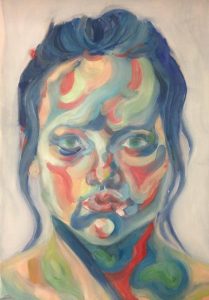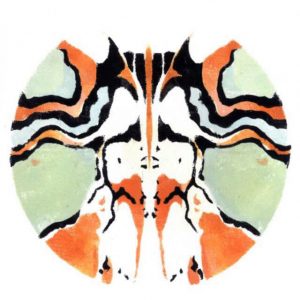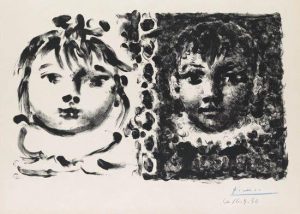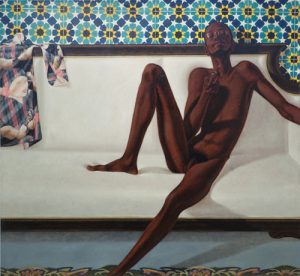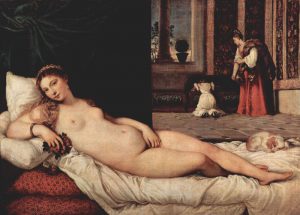Steinberg, L. From other Criteria. Pg. 948-953
Leo Steinberg in the 1970s observes how a concept, that works represent a worldspace and operates on a vertical plane to correspond with a standing human posture, survived many art movements like abstract expressionism and Cubism since the Renaissance. A change was seen with Robert Rauchenberg and Dubuffet in the 1950s. Steinberg wrote that “we can still hang their pictures – just as we tack up maps and architectural plans, or nail a horseshoe to the wall for good luck. Yet these pictures no longer simulate vertical fields, but opaque flatbed horizontals.” Steinberg (1972, p.949). The horizontal represents table tops , charts, bulletin boards where information is stored and received therefore, these works are about thought processes rather than depicting something the artists have seen.
Serra, R. From the Yale Lecture. Pg. 1124-1127
Serra compares his site specific sculptures in the 1970s and 80s to artists of the Modern era like Picasso, Gonzalez, Smith, Calder. He criticises their tendency to make pictorial marks with the material and their lack of understanding of how steel needed to be engineered and constructed. Therefore, Serra relied on steam mills and workers from the industrial sector to build his site specific works. Conceptually Serra would have the site and piece operating on two different languages with the piece criticising the site. This is different to Modernist works which were generally autonomous with the environment. However, he recognises the contextual issues of site specific works as those built in the context of religious, governmental, corporate or educational institutions can be seen as validating the values of these institutes.
Both texts convey how art movements are continuously moving forward, however Serra seems more critical about the modernist artists who came before him. This could be because he is making direct comparisons with his own work so the comparison is more personal and he may want to justify his choices by explaining what those who came before him were lacking. On the other hand Steinberg is detached from the situation as he is talking about other artist’s pieces so he has a more objective view of how artists respond and oppose the art that precedes them in order to move forward.
Bibliography
HARRISON, C. and WOOD, P. (1992) ART IN THEORY 1900-1990 An Anthology of Changing Ideas: Blackwell Publishers

